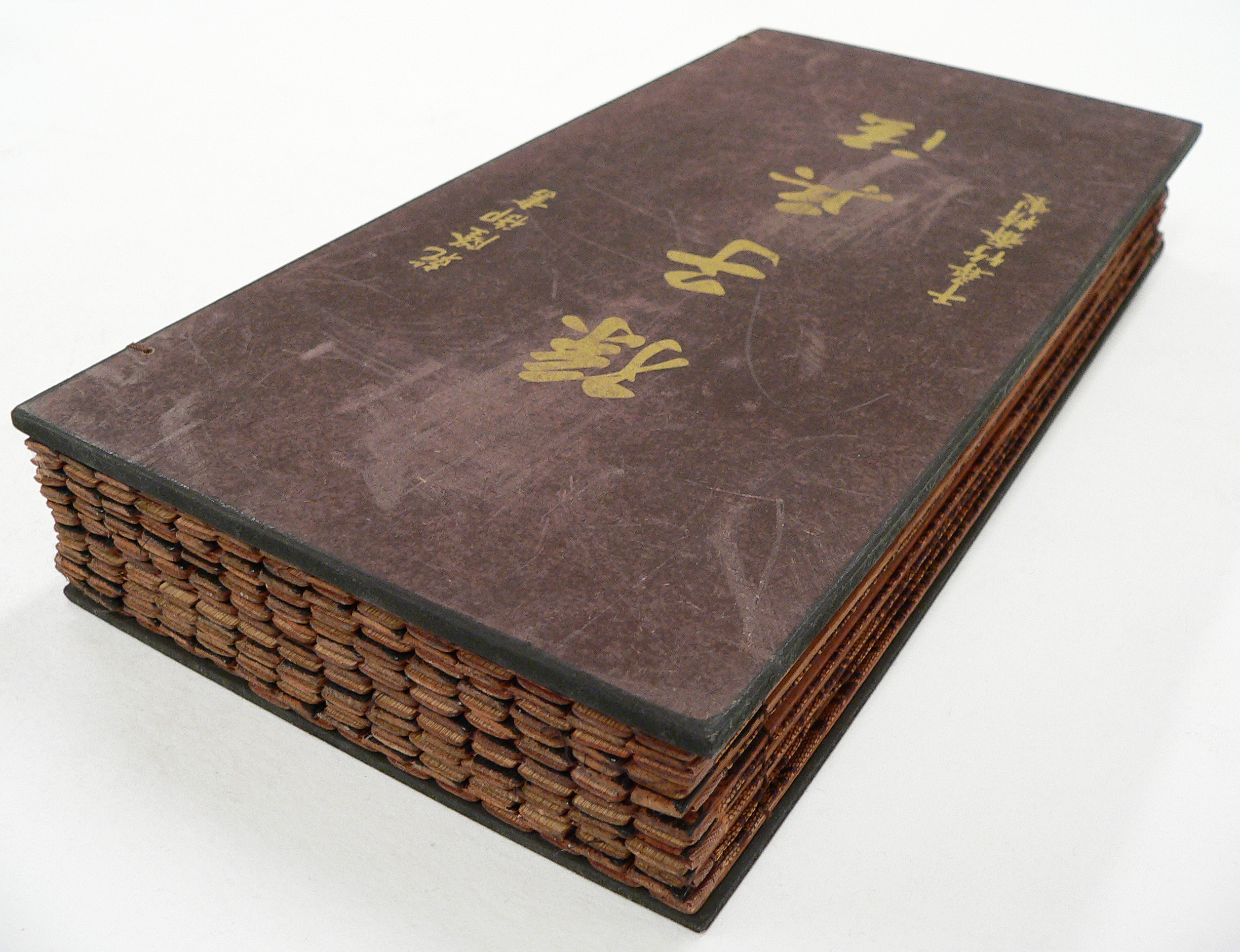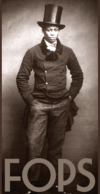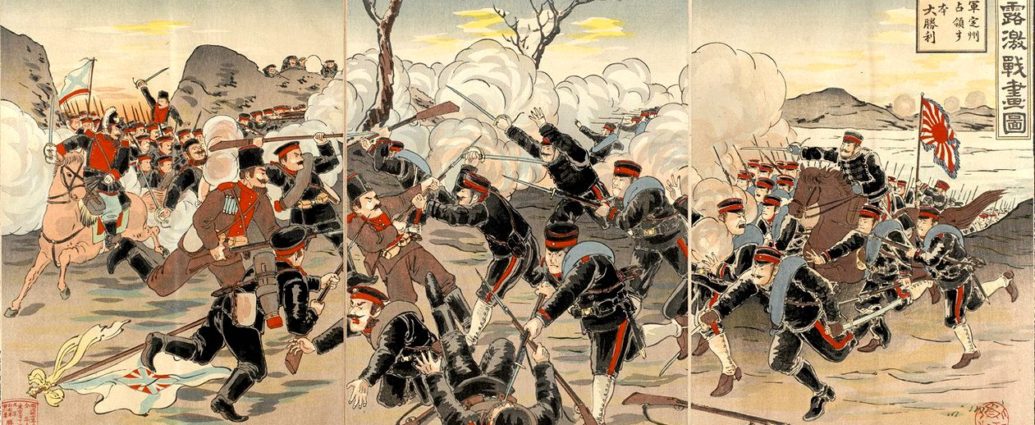The Mystery of Sun Tzu
For generations, scholars have been trying to figure out who Sun Tzu was–if he existed at all. Legend has it that he was a Chinese military leader in an era known as the Spring and Autumn Period. This was a time of great turmoil in China, as many vassal states vied for power and control of the country’s unpopulated territories. Under these circumstances, Sun Tzu’s skills as a warrior were much in demand.
As the story goes, the king of one of the feuding vassal states challenged Sun Tzu to prove his military expertise by turning a harem of royal courtesans into an organized, well-trained fighting force. At first, the courtesans failed to perform their duties; in response, Sun Tzu beheaded two of the king’s favorites in front of everyone. After that, the courtesan armies followed orders perfectly, and the king was so impressed that he put Sun Tzu in charge of his whole military.
The Art of War
Scholars do not know how The Art of War came to be—and whether or not “Sun Tzu,” if he existed, had anything to do with its creation. What they do know is that copies of the book, typically written on sets of sewn-together bamboo slats, ended up in the hands of politicians, military leaders and scholars across China. From there, translated copies of “Sun Tzu’s” work found their way to Korea and Japan. (The oldest Japanese version dates from the 8th century A.D.)
For more than 1,000 years, rulers and scholars across Asia consulted The Art of War as they plotted their military maneuvers and imperial conquests. Japanese samurai, for example, studied it closely. However, it did not reach the Western world until the end of the 18th century, when a Jesuit missionary translated the book into French. (Historians say that the French emperor Napoleon was the first Western leader to follow its teachings.) It was finally translated into English in 1905.

The Art of War Today
Ever since The Art of War was published, military leaders have been following its advice. In the twentieth century, the Communist leader Mao Zedong said that the lessons he learned from The Art of War helped him defeat Chiang Kai-Shek’s Nationalist forces during the Chinese Civil War. Other recent devotees of Sun Tzu’s work include Viet Minh commanders Vo Nguyen Giap and Ho Chi Minh and American Gulf War generals Norman Schwarzkopf and Colin Powell.
Meanwhile, executives and lawyers use the teachings of The Art of War to get the upper hand in negotiations and to win trials. Business-school professors assign the book to their students and sports coaches use it to win games. It has even been the subject of a self-help dating guide. Plainly, this 2,500-year-old book still resonates with a 21st-century audience.

